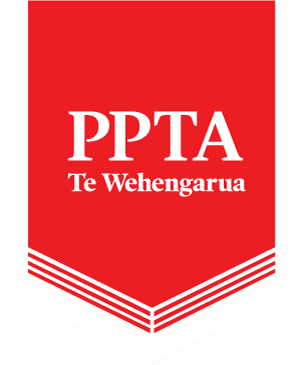Healthy school lunch programme pays off
A pilot programme providing healthy lunches to the neediest students is already achieving more than expected, according to an interim evaluation

At Bishop Viard College in Porirua, noticeably calmer classes in the afternoon are one of the key benefits of Ka Ora Ka Ako, the Healthy School Lunches programme.
“We used to have a spike in issues with boys at the end of lunch and first period after lunch and that spike has gone down since the programme began in Term 2 this year,” says Chris Theobald, Principal of Bishop Viard College. “We would see significant increases in behaviour entries into our student management system during lunch and after lunch but there have been noticeably fewer entries since the programme started.”
Meeting children’s and young people’s needs
The New Zealand Healthy School Lunch pilot was announced in 2019 and delivered throughout 2020 as part of the Government’s Child Youth and Wellbeing Strategy, aiming to ensure children and young people have what they need, and are happy and healthy.
The programme targets schools and Kura with the highest concentration of learners from disadvantaged backgrounds, providing lunches to all learners within the school free of cost on a daily basis.
There are now 960 schools with around 215,000 students receiving free and healthy lunches.
Interim evaluation
An interim evaluation of the programme, carried out among primary and intermediate schools in the Hawke’s Bay and Bay of Plenty regions, has found:
- Large benefits for all learners in respect of the types of food available and consumed
- Large gains in fullness for learners who previously had insufficient food, with these learners, on average, feeling 20% fuller after lunch than before the programme
- Large gains in mental wellbeing by the most disadvantaged learners who showed greater feelings of cheer, calm, vigour, restfulness and interest in activities
- A statistically significant reduction in the proportion of learners with low health quality of life
- Small but significant improvements for learners, on average, in terms of their overall health quality of life, as well as in their physical and emotional functioning.
The report notes that the pilot programme ‘often achieved more than what was expected in the initial two to three months, and that benefits were greater for the most disadvantaged learners.
No stigma, no embarrassment
Universality is a great feature of the programme, says Chris Theobald. “It doesn’t draw a line between who needs food and who doesn’t; we all need food. It means that everyone is able to get lunch and there’s no stigma attached, no embarrassment if you do or don’t get the lunch. Students don’t feel embarrassed about coming up for seconds and if there are any meals leftover, some students will take a few lunches home – they’ll quite happily walk down the drive taking two or three lunch boxes with them. There’s no division or stigma attached with getting a helping hand.”
Less stress and more local employment
As well as calmer afternoon classes, many students’ homes are calmer in the morning thanks to the programme. “Several of our families have commented on how the programme has taken away the stress of making lunches in the mornings, as well as the financial implications. But we’ve received more comments about the reduction in stress.”
Another very positive aspect of the programme for Bishop Viard College is that it has provided employment for people in the local community. “The programme is provided internally at Viard and one of the main reasons we decided to do it that way was because we wanted to employ people from our own community. We’ve got three staff members, one full time on 40 hours a week and two part-timers on 25 hours a week and two of them are parents of ours.”
Last modified on Wednesday, 17 May 2023 09:11
